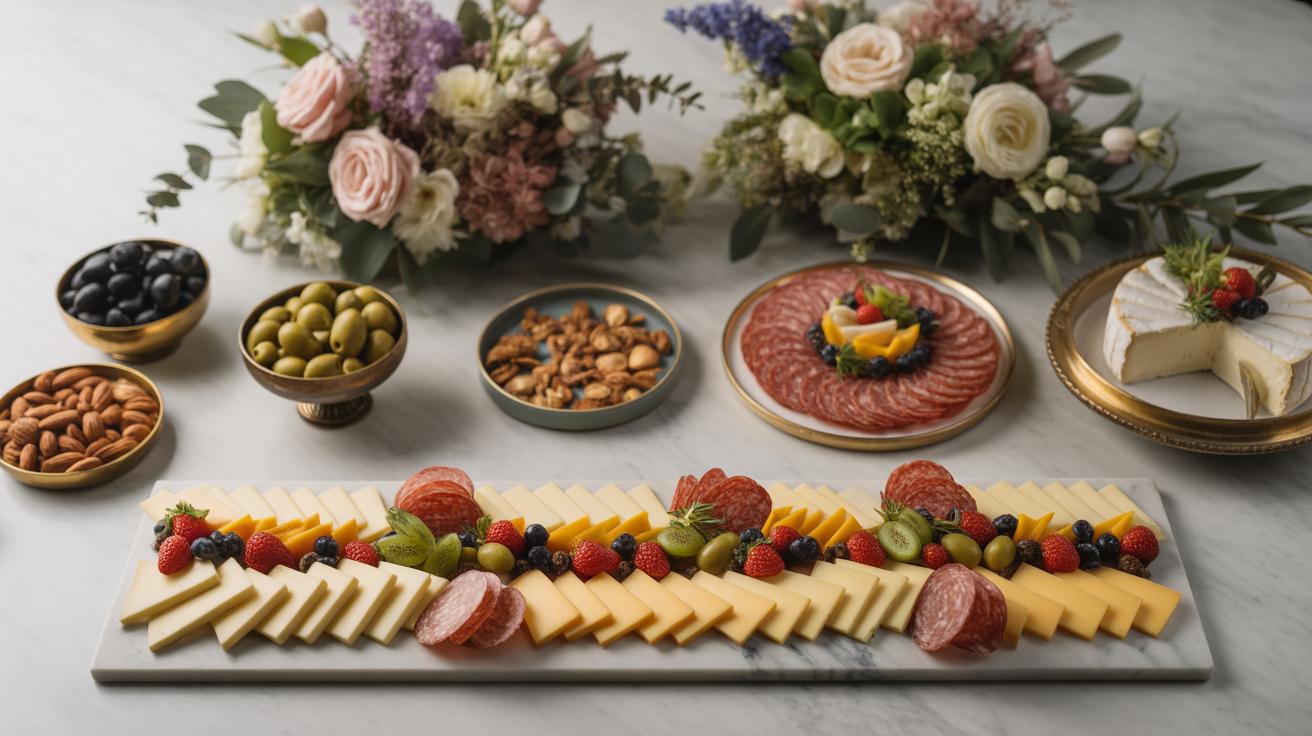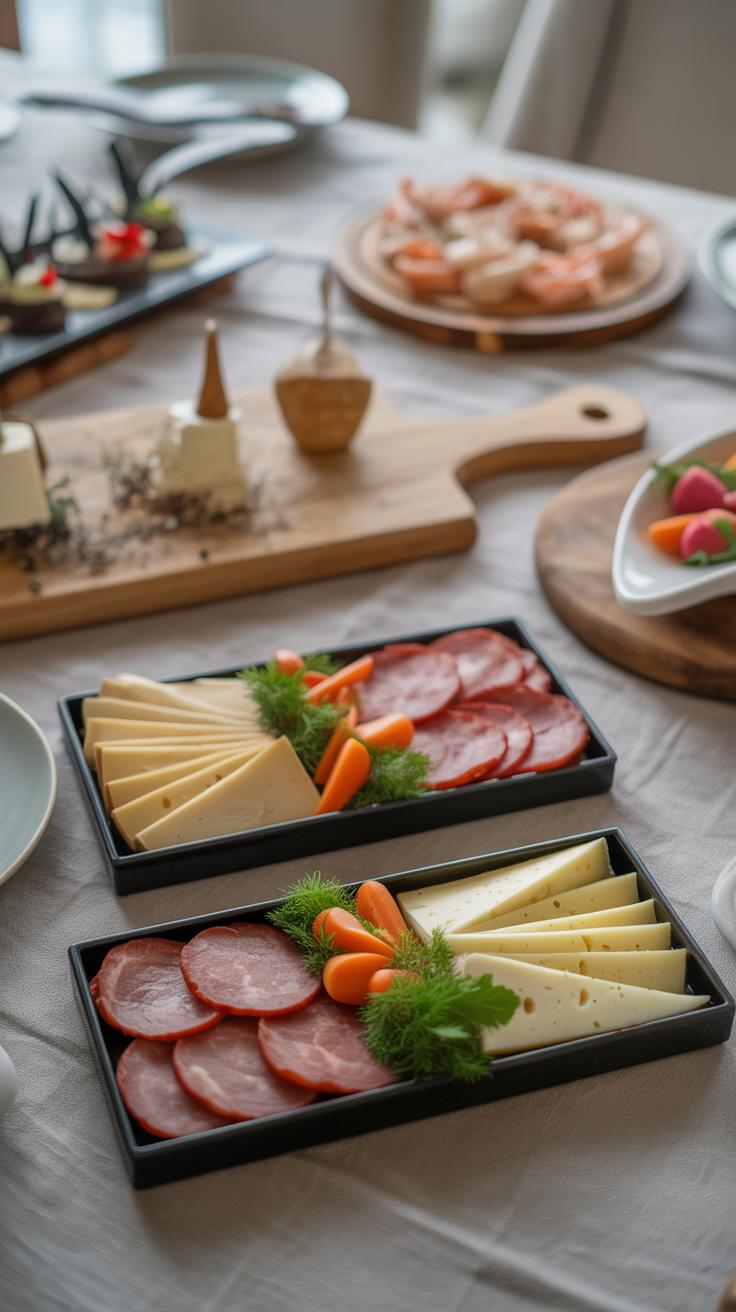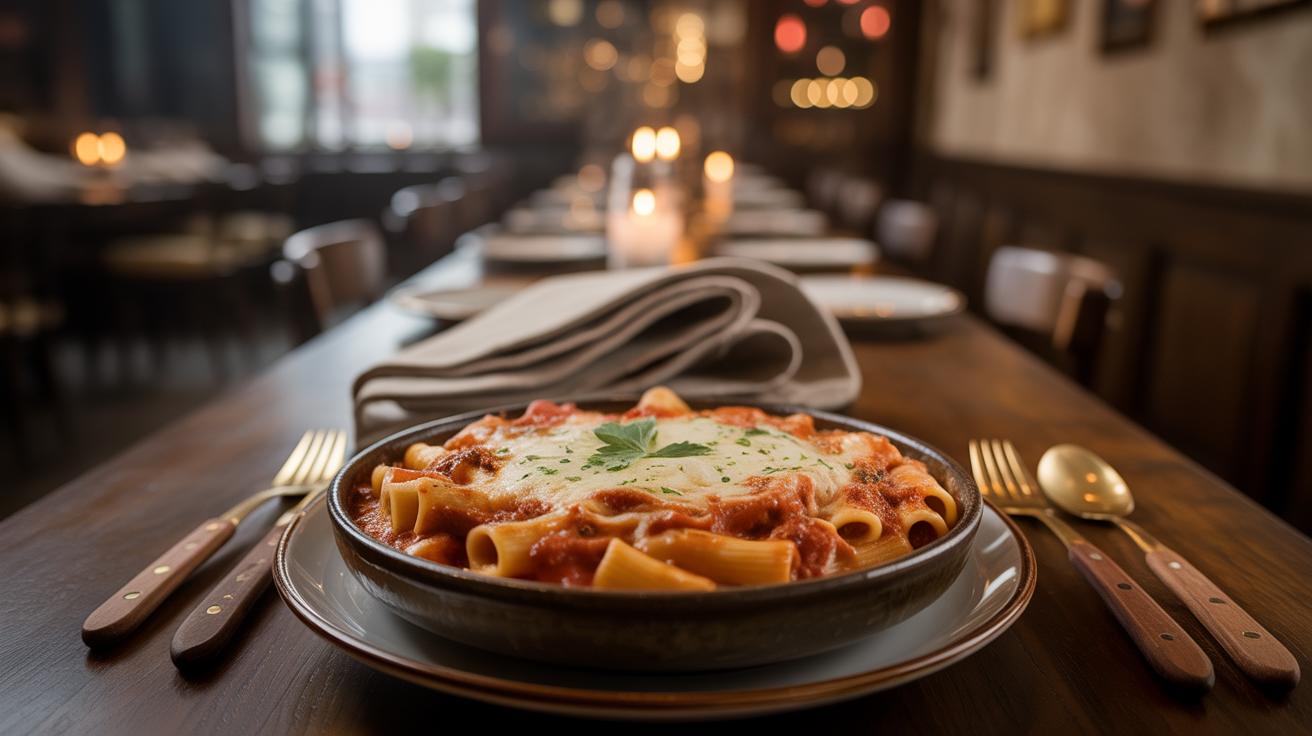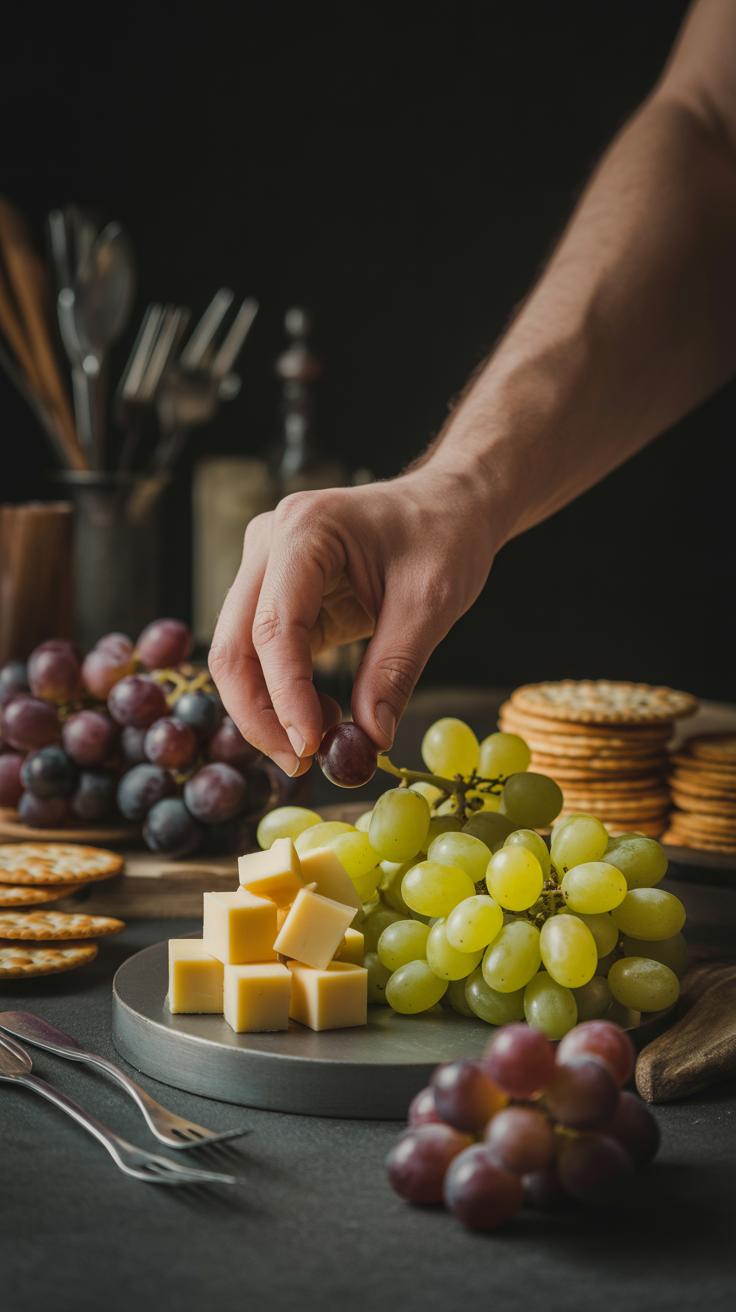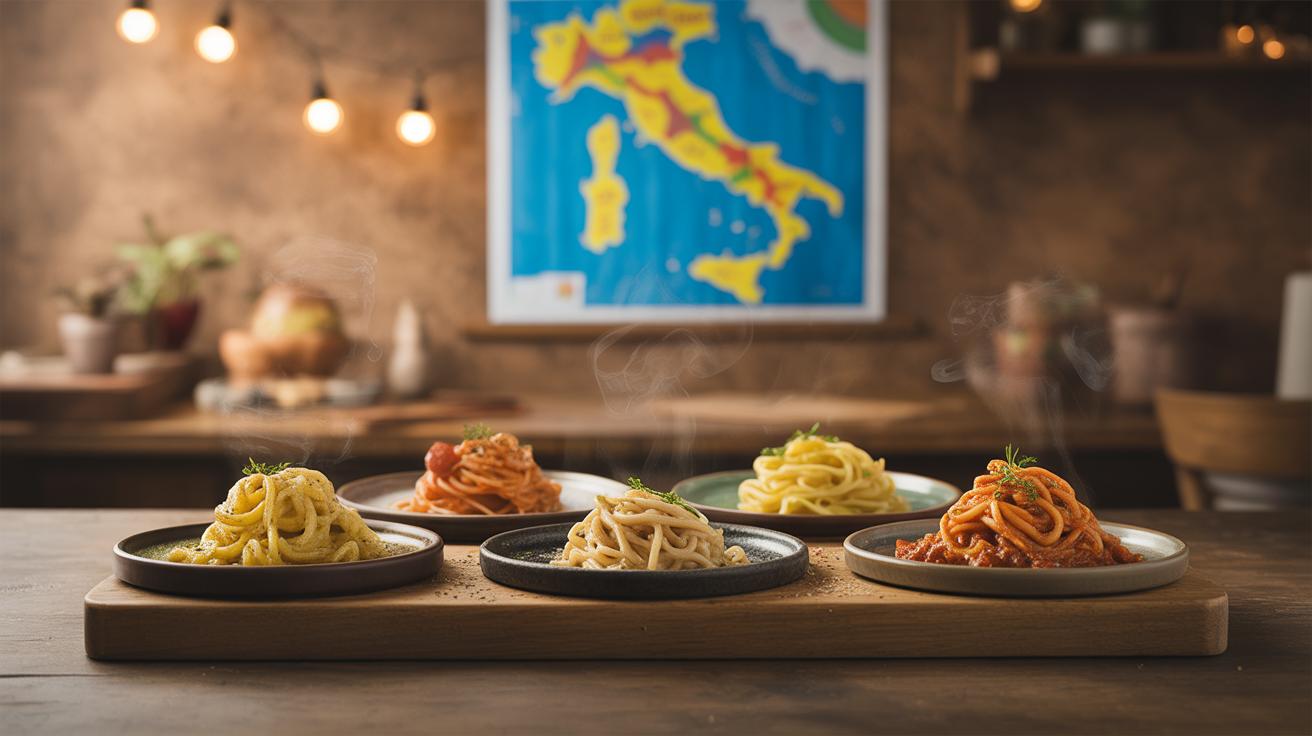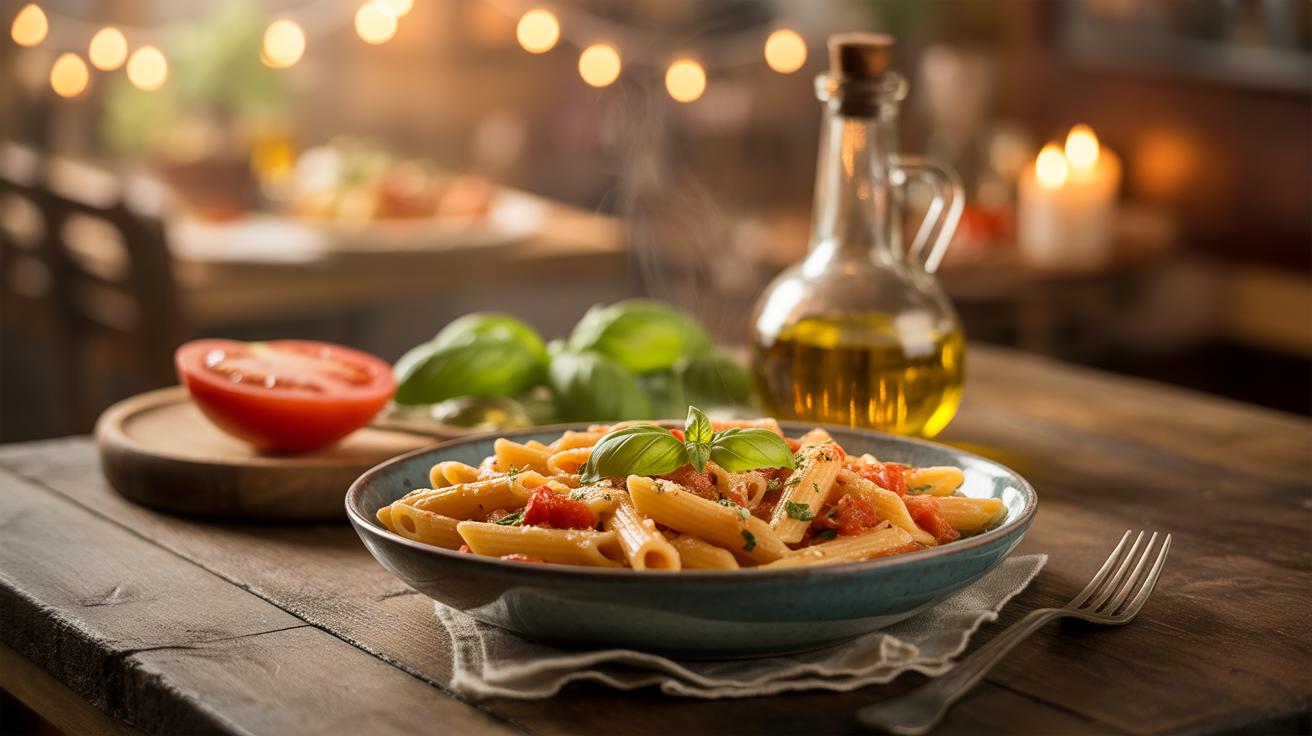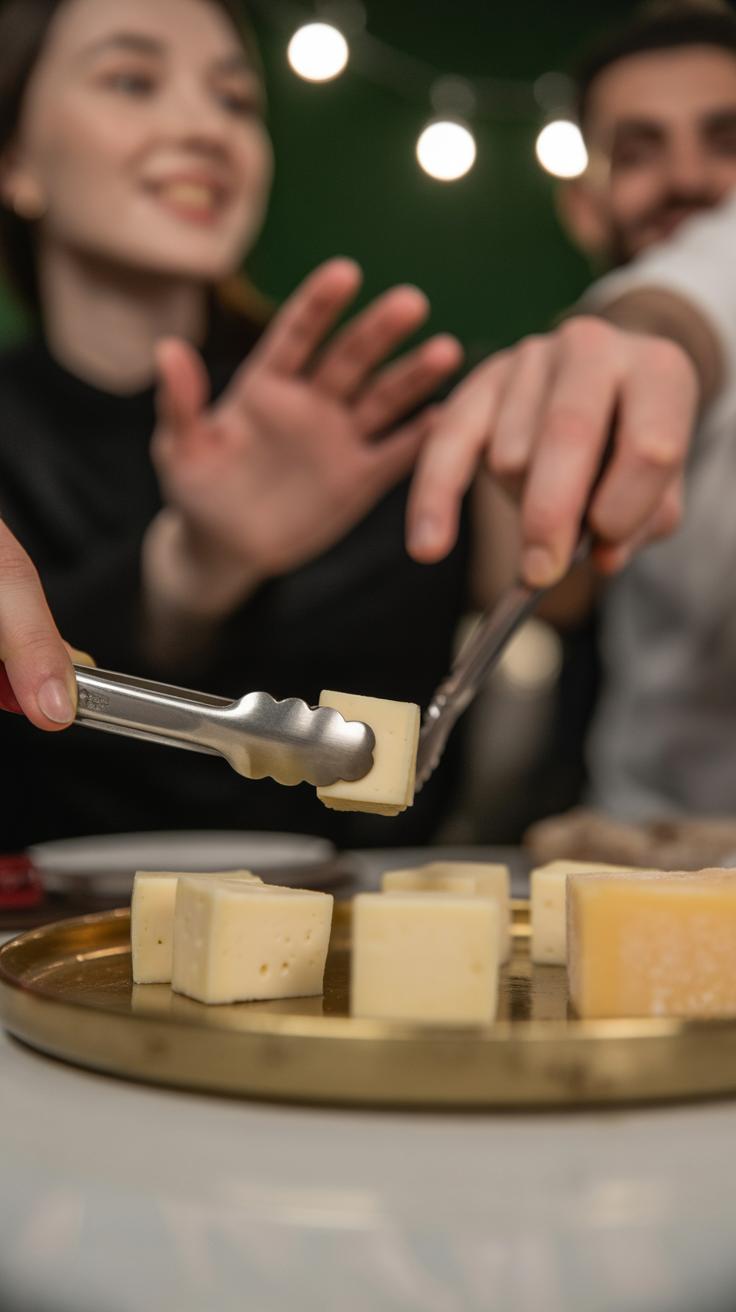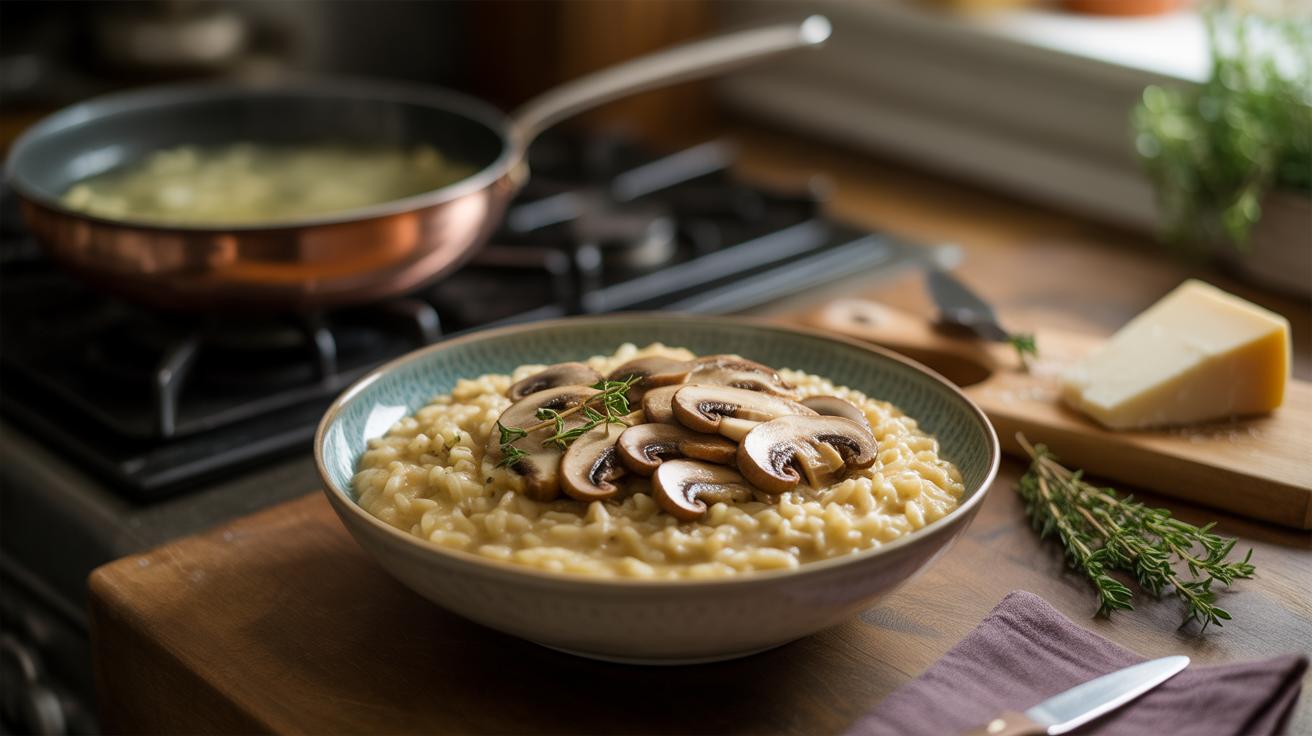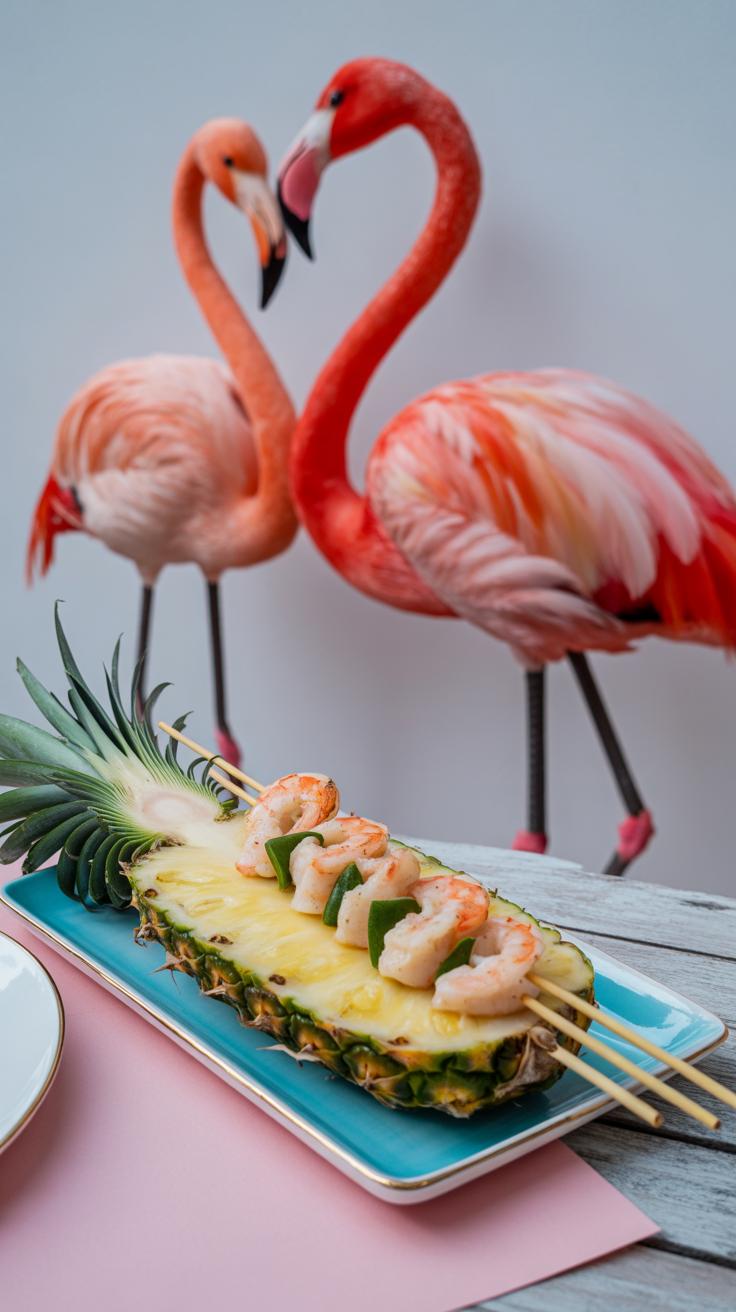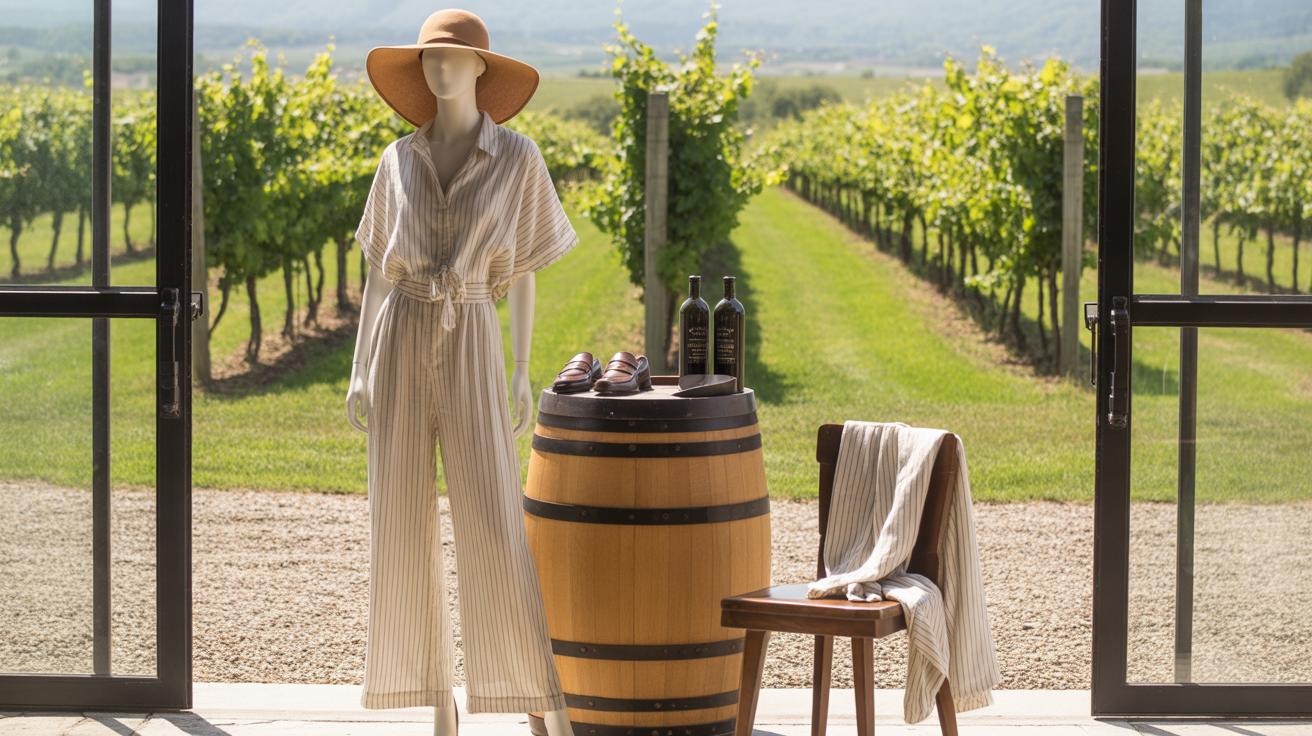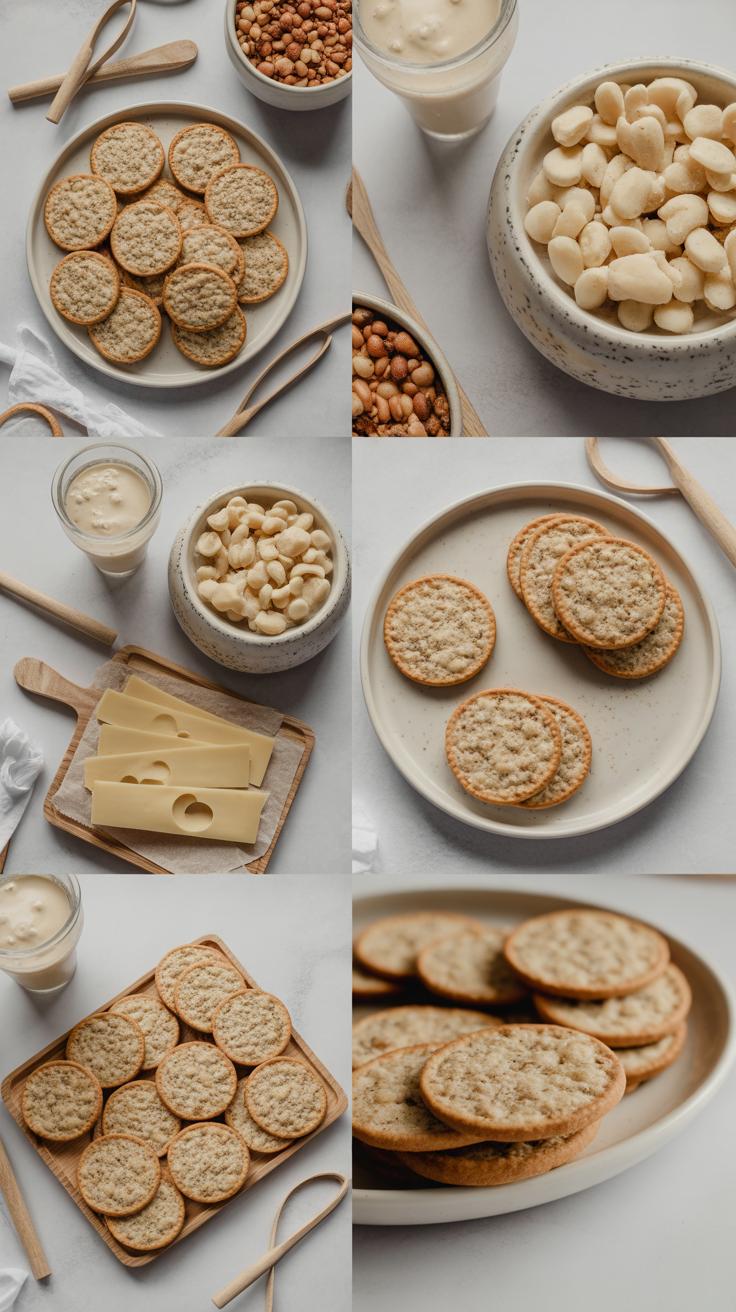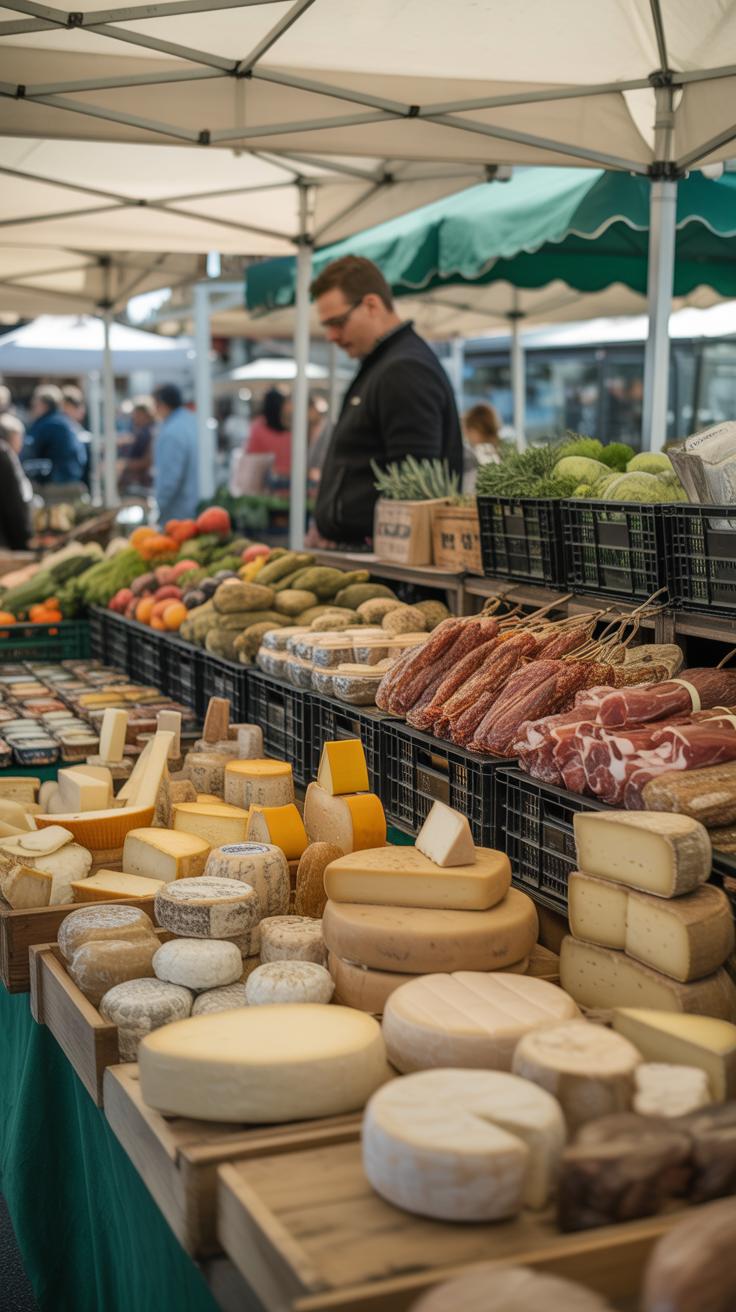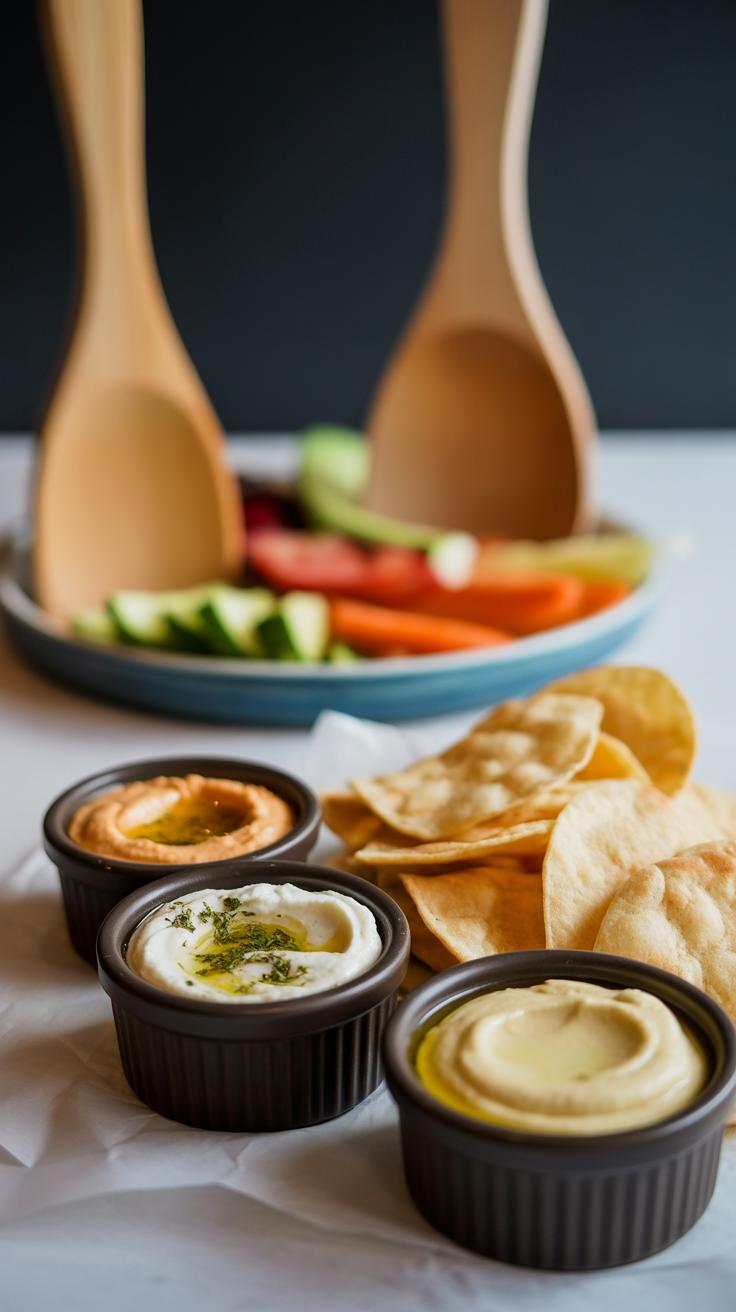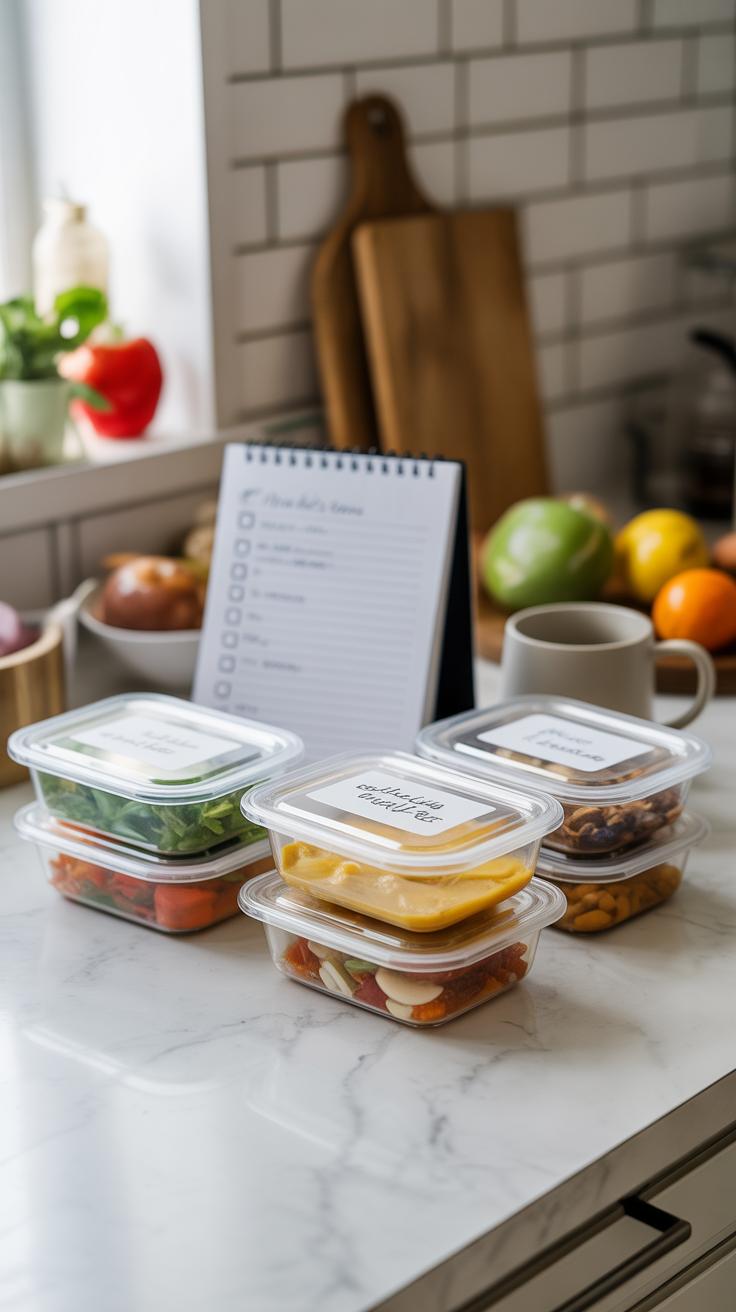Introduction
Gourmet party food platters are a fantastic way to surprise and delight your guests. They bring variety, color, and flavor all in one convenient dish. Whether you are hosting a casual get-together or a formal event, a well-assembled food platter can be the centerpiece of your party spread.
This article explores how to create stunning and delicious party food platters. From selecting ingredients to arranging your platter and offering serving tips, you will learn practical ways to wow your guests. Let’s make your next event unforgettable by serving food platters that everyone will talk about.
Understanding Different Types Of Party Food Platters
Party food platters come in many shapes and forms, each catering to different tastes and preferences. You might find platters focusing solely on meats, others highlighting seafood, while some lean toward vegetarian or mixed assortments.
Meat platters often include slices of cured meats, chicken wings, sausage bites, and sometimes ribs. Their hearty nature appeals to many guests who enjoy familiar, filling options. Seafood platters might feature shrimp cocktail, crab rangoons, smoked salmon, or calamari rings — items that feel a bit lighter but still offer rich flavors.
Vegetarian platters generally combine fresh vegetables like cucumber, cherry tomatoes, bell peppers, along with an array of cheeses and dips such as hummus or tzatziki. These lighter options are popular when guests prefer less heavy fare or during warmer weather.
Mixed platters bring together the best of all worlds, balancing meat, seafood, and vegetarian bites. This variety can prevent the platter from feeling one-dimensional, though sometimes it ends up being a bit chaotic. Still, it usually suits diverse crowds well.
Popular Meat And Seafood Platters
When it comes to meat and seafood, certain items keep showing up on platters—and for good reasons. Chicken wings, for example, are almost always a hit. They’re easy to eat, flavorful, and can be tailored with different sauces. Spare ribs add a touch of indulgence, rich and satisfying but maybe a bit messier to enjoy.
Shrimp cocktails often strike the right note for seafood lovers. They’re simple, elegant, and pair well with tangy sauces. Crab rangoons tend to surprise guests by mixing crispy texture with creamy filling — a comforting choice that’s different from typical seafood picks.
These choices work because they balance familiar flavors with a bit of flair, catering to different preferences but without overwhelming the senses. But what about those guests who avoid meat or seafood?
Vegetarian And Light Platters
Vegetarian platters shift the focus to fresh, colorful ingredients that feel less heavy but still offer plenty of variety. Think crunchy carrot sticks, olives, cherry tomatoes, and a selection of cheeses like mozzarella, feta, or cheddar. Pair these with dips such as guacamole or ranch for added interest.
Light platters suit gatherings where the mood is more relaxed or when the event lasts several hours. They give guests something to nibble on without filling up too fast or feeling like a full meal. Sometimes these platters are the lifeline for those wanting a break from richer foods. Oddly enough, though, they can be overlooked because they seem too simple—but when done right, they shine.
Selecting Ingredients For A Balanced Platter
Choosing ingredients for a party platter isn’t just about variety; it’s about harmony. When selecting what to include, think about balancing taste, texture, and color. Freshness really makes a difference—fresh, quality foods bring life to the platter and improve flavors. For example, combining a creamy goat cheese with crisp cucumber slices adds contrast that is pleasing both to the eye and the palate.
Consider mixing vibrant vegetables like cherry tomatoes or radishes with mild cheeses or meats to brighten the board. A bit of sweetness, like slices of ripe pear or figs, pairs surprisingly well with salty cured meats or crunchy nuts. And texture matters—a soft dip alongside crunchy crackers or juicy berries keeps things interesting.
You might wonder about combinations that never fail: salty olives with feta cheese, or smoky meats paired with tangy pickles. Sometimes, unusual pairings surprise guests, like a slice of apple next to sharp cheddar. I like to experiment a little, but keeping things balanced tends to win every time.
Flavors are the soul of any platter. Sweet, salty, and savory notes together create a flavor dance that keeps guests coming back. Imagine biting into a crunchy pretzel, quickly followed by a smooth, salty cheese, then finishing with a sweet drop of honey or a juicy grape. It’s not complicated, but these contrasts amplify enjoyment.
Textures should never be ignored. Crunchy elements like toasted nuts or crisp vegetables contrast delightfully with softer ingredients such as hummus or ripe avocado slices. Juicy bursts from fruits like strawberries or melon refresh the palate. I find that adding even one unexpected texture can elevate the whole experience, though sometimes too many textures might feel cluttered.
Using seasonal and local foods makes platters stand out in subtle ways. A summer platter might feature fresh berries, sweet corn, and creamy local cheeses, while autumn calls for roasted root vegetables and crisp apples. Local specialties not only boost freshness but add a sense of place and story to your spread.
Seasonal produce tends to be at peak flavor and better quality, which guests notice even if they can’t say why. For instance, spring asparagus or rhubarb brings a fresh punch, while winter citrus like blood oranges adds bright color and tang. Trying local charcuterie or cheeses adapts your platter to the region’s tastes and keeps things from feeling generic.
You might ask yourself: what’s in season now? Visiting farmers’ markets or chatting with local producers often sparks ideas. Even if you can’t get everything fresh, a few seasonal touches make a noticeable difference.
Arranging Your Party Food Platter With Style
Putting together a party platter isn’t just about piling food on a tray. Think about shapes and sizes — round slices, cubes, sticks — and mix them to keep things interesting but not chaotic. You don’t want it to look messy, but perfect symmetry can feel too clinical, almost staged.
Consider leaving small gaps here and there; they help the eye rest and make grabbing easier.
Color placement plays a big role too. Group items not just by type but by how their colors play together. Bright reds next to deep greens, pale cheeses near dark olives — these contrasts naturally draw people in and make your platter inviting.
And serving? Arrange with access in mind. Items that stick together might frustrate guests or spill over. It’s fine for clusters to overlap a bit, yet clear sections make sharing simpler.
Creating Visual Appeal With Colors
Color isn’t just decoration. It can actually guide how people interact with the food. I find that using bold contrasts works better than trying to blend everything smoothly. Pluck a few bright peppers, some deep berries, or fresh herbs to create pops of color. They bring life to the plate.
Grouping similar hues also works, but don’t overdo it. A block of green veggies next to a cluster of red meats gives the eye a nice surprise and makes your colors feel intentional, not random.
Garnishes, surprisingly, do more than add charm. A sprinkle of chopped nuts, a few sprigs of rosemary, or lemon wedges can break monotony and add texture without stealing the show.
Using Containers And Levels
Flat platters are great but can feel one-dimensional. Introducing bowls or small plates for sauces, dips, or tiny snacks helps keep things tidy and gives you more control over portions. It’s not just practical; it gives each component its own space.
Tiered trays are especially useful if you want to fit a lot on a table without crowding. Elevating some items naturally creates focus points and keeps things from blending into one big pile. I tend to place heavier or sturdier foods on lower levels while placing delicate bites higher—makes reaching easier too.
Playing with different heights breaks monotony and invites your guests to explore. Plus, it feels more dynamic, almost like walking through a mini buffet, which, if you ask me, only adds to the experience.
Serving Tips For Successful Party Platters
Serving party platters well can make a big difference in how your guests enjoy the food. Timing plays a key role—you don’t want the platter sitting out too long, but you also want everything easily accessible. I’ve found that bringing out platters in small batches works better than setting everything up at once. It keeps food fresh and prevents overcrowding, which can be a real problem when space is tight.
Speaking of space, think about how your guests will move around. Leave enough room so people can reach the platters without jostling. If the party is casual, a buffet-style setup with plenty of smaller platters spaced out feels less overwhelming, and guests are less likely to crowd in one spot.
Choosing The Right Serving Utensils
The utensils you pick affect how easily guests serve themselves—and some foods definitely need specific tools. For instance:
- Tongs are great for grabbing finger foods like mini sandwiches, cheese cubes, or veggies. They feel clean and convenient.
- Small forks work well for delicate items like shrimp or olives, where tongs might be too clumsy.
- Toothpicks or small skewers are perfect for bite-sized appetizers, especially when single servings make the party flow smoother.
Matching utensils to the food reduces mess, and it’s a small detail that guests actually notice, even if only subconsciously.
Managing Food Safety And Freshness
Freshness is tricky—you want everything looking as good at the end as it did at the start, but party food doesn’t wait. Cold items like salads, cheeses, or dips need to stay cool, especially if your party lasts a few hours. Ice bowls or chilled trays can help, even if they’re improvised. I once kept a cheese platter on a shallow pan of ice, and it worked better than I expected.
Hot items, on the other hand, need some kind of warming solution. Slow cookers or warming trays come handy. But if that’s not an option, consider smaller portions you can bring out fresh in waves. Also, keep leftovers covered or refrigerated quickly to avoid spoilage. Replenishing platters carefully—not all at once—means food doesn’t sit out for too long, which matters more than many realize.
Have you noticed how people tend to avoid serving themselves when utensils aren’t clear or food looks too warm or cold? It’s a subtle thing, but a well-managed platter invites guests back again and again.
Inspiring Ideas For Themed Food Platters
Themes can really shape how you pick and arrange the foods on your platter. They give you a kind of framework, a way to narrow down choices and create a cohesive visual and flavor experience. When you base your spread around a theme like tropical, Italian, or holiday, it’s easier to decide what fits and what doesn’t — but watch out, sometimes you might get stuck in the theme too rigidly and miss out on interesting twists.
Think about a tropical platter. Bright colors and fresh ingredients take center stage — vibrant fruits like mango, pineapple, and kiwi combine with chilled seafood like shrimp or crab. It’s not just about what’s on the platter but how you arrange it: grouping fruits in clusters or layering slices to look juicy and inviting. Maybe add edible flowers or coconut shavings for flair.
Switch to a classic Italian platter, and suddenly cured meats like prosciutto and salami meet aged cheeses, olives scattered around, and various breads or breadsticks. Authenticity comes through in simplicity — quality ingredients speak louder than complicated presentations. If you can, include some marinated vegetables like artichokes or roasted peppers. Don’t forget the contrast of textures, it keeps things interesting.
Holiday-themed platters are another story. They can really play up colors and shapes to match seasonal moods. Red and green around Christmas or rich oranges and browns for Thanksgiving. The food options might blend comfort items with something fresh — think spiced nuts, cheese balls, sliced apples, and honey drizzle. It’s cheerful but doesn’t overwhelm your palate.
What theme fits your next party? And, how far will you push it before it feels too forced? Sometimes the best platters blend elements, say a tropical platter with a bit of Italian cheese to surprise guests — that’s where your creativity can shine.
Tropical And Hawaiian Inspired Platters
Tropical platters tend to be lively and colorful. Fruits like pineapple, papaya, mango, and starfruit anchor these spreads. I often find that cutting fruits in interesting shapes makes a big difference — think wedges, cubes, or even carved stars.
Seafood is usually part of the mix, like chilled shrimp or crab, sometimes tossed with citrus or light spices to keep things fresh. Coconut shards or flakes sprinkled over the fruits lend a textural contrast. Bright leafy greens or edible flowers can make it pop visually.
The organization is often casual, evoking a sunny picnic vibe rather than stiff formality. I like arranging items in clusters across the platter rather than one big pile. It invites guests to explore and taste — which is kind of the point, right?
Classic Italian Appetizer Platters
Italian platters often celebrate balance — think salty meets creamy, soft contrasts with crunch. Typical components include prosciutto, salami, and perhaps capicola paired with cheeses like mozzarella, provolone, or aged Parmesan.
Adding marinated olives, artichokes, and sun-dried tomatoes brings in briny notes. Don’t forget breadsticks, focaccia, or slices of crusty bread to round it out. When I assemble these, I pay attention to spacing—group meats in one corner, cheeses in another, letting olives and veggies fill the gaps.
Authenticity often means sticking to simple, good-quality items and skipping anything too processed or artificial. A drizzle of quality olive oil or some fresh basil leaves can bring it all together without fuss. People might expect simplicity here, but there’s room to surprise them with a new cheese or a unique pickle.
Customizing Platters For Dietary Needs
When you plan party platters, you can’t just focus on what looks good or tastes great for everyone. Guests often come with different dietary needs—some might be vegetarian, some gluten-free, others allergic to nuts or dairy. So, your platters need a bit of thoughtful adaptation that doesn’t sacrifice the wow factor.
For vegetarians and vegans, swapping out meats for hearty plant-based options works well. Think grilled mushrooms, marinated tofu cubes, or chickpea snacks instead of cold cuts. You can boost flavor with robust herbs and spices, so the platter doesn’t feel like a compromise. For example, roasted red peppers or stuffed grape leaves often surprise and please, even those who don’t usually follow these diets.
Gluten-free options demand a bit more caution. Replace regular crackers with gluten-free ones made from rice or nuts. Many dips and spreads—hummus, baba ganoush—are naturally gluten-free, but watch for hidden gluten in processed items. For allergies, like nuts or shellfish, create separate sections to avoid cross-contact and keep ingredient lists handy.
Label everything clearly. I’ve seen guests hesitate just because they weren’t sure what was safe to eat. Small cards identifying “vegan,” “gluten-free,” or “nut-free” can make everyone relax and enjoy themselves. Plus, a friendly word with guests before the party can save awkward moments later. That little effort shows that you care, and really, isn’t that what good hosting is about?
Where To Find High Quality Ingredients
Finding the right ingredients can make or break your party platter. You might think it’s just about picking whatever looks good at the store, but there’s more to it. Local markets often offer fresh, seasonal produce that feels different—crisper, more vibrant. I’ve noticed that when I shop local, the ingredients have a kind of freshness that even the fanciest supermarkets struggle to match.
Local markets aren’t just about produce, either. Many sell artisanal breads, preserves, and cheeses from small producers. These products tend to have character and flavor you won’t find in mass-produced options. Plus, buying from farmers directly supports your community.
Specialty and gourmet shops are your go-to when you want to take things up a notch. Seek out shops known for their selection of unique cheeses, cured meats, or even exotic olives. Sometimes, these stores also carry harder-to-find spices or spreads that can elevate your platter’s taste and presentation. It might cost a little more, but the difference is often visible and tasty.
Then, there are online options, which I don’t always rely on, but they’re handy when you’re looking for something very specific and can’t find it locally. Just be careful with shipping times—freshness is key here.
So, should you prioritize convenience or the possibility of discovering something special? Maybe the best approach is a mix: local markets for fresh basics, specialty shops for signature items, and online when all else fails. It might sound like extra work, but trust me, your guests will notice the difference.
Incorporating Dips And Sauces
Dips and sauces play a crucial role in party food platters. They don’t just add moisture; they bring layers of flavor and texture that can transform simple ingredients into something memorable. When you offer a variety of dips, you invite your guests to mix, match, and experiment with their taste buds. It’s almost like the platter changes every time someone takes a bite.
Some dips never seem to go out of style. Think of classics like hummus, guacamole, ranch, and salsa. Everyone recognizes these, and they cater to a wide range of preferences. Hummus, for example, pairs beautifully with veggies and pita, while guacamole often disappears fastest from the platter. I find ranch dressing works especially well as a mild complement to spicier bites or crunchy veggies—it’s that dependable option that puts people at ease.
But what if you want to push beyond the usual? You might try a spicy mango chutney or a cooling yogurt-based dressing with herbs like dill or mint. Such sauces add an unexpected twist and can spark conversations—or even friendly debates—about what flavors work best together. The trick is to keep it simple enough so it doesn’t overwhelm the other elements.
Some sauces you can quickly whip up hours before, which helps when you’re planning ahead. For instance, mixing Greek yogurt with lemon juice, garlic, and fresh herbs creates a fresh sauce that brightens heavier foods. Or blending mango chutney with a touch of chili flakes offers sweetness tempered by a subtle heat. You don’t need to be a chef to make these; a handful of ingredients is usually enough.
Have you noticed how a well-chosen dip can suddenly turn plain crackers or raw veggies into a highlight of the table? It’s almost like the sauce gives your platter personality. So, maybe next time, consider what story your dips and sauces tell—are they familiar and comforting, or surprising and bold? Both can impress, just in different ways.
Planning Ahead For Effortless Hosting
Preparing party platters ahead of time can save you a lot of stress, but it’s not always obvious where to start. I think breaking down the process over a couple of days makes everything flow better on the actual event. If you chop vegetables the day before—carrots, cucumbers, bell peppers all sliced and ready—it frees up huge chunks of time when guests arrive. Same goes for meats or cheeses that need to be prepped or cooked. Roasting chicken breasts or slicing salami the day before means you won’t be rushing around at the last minute.
When it comes to make-ahead items, think about foods that hold up well in the fridge without losing texture or flavor. Roasted nuts, marinated olives, or even some hard cheeses do fine overnight. On the contrary, softer items might need to be arranged just before serving.
Storing and transporting platters can get tricky. One useful trick is to pack platters tightly in airtight containers or wrap them well with cling film to prevent drying out. If you’re driving, keep cold items cool with ice packs or insulated bags. Setting up at the venue? Bringing basic supplies like small knives, extra napkins, or small bowls for dips can solve those “oops” moments. In my experience, a little prep and foresight means you get more time to actually enjoy your own party—who wouldn’t want that?
Conclusions
Party food platters offer a simple way to bring people together with delicious and visually appealing food. Choosing the right mix of items and paying attention to presentation ensures your platter is inviting and enjoyable.
By using fresh ingredients and balancing flavors, you create a delightful experience for your guests. Remember, the effort you put into your platters reflects in the enjoyment of your party. Your guests will appreciate the thoughtfulness and creativity shown in your gourmet party platters.

